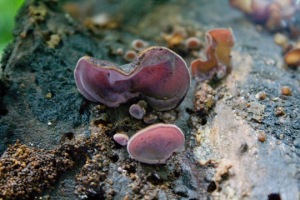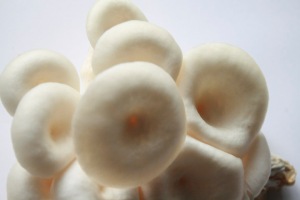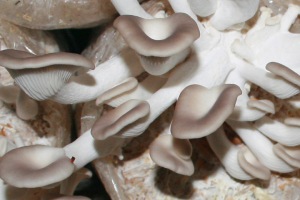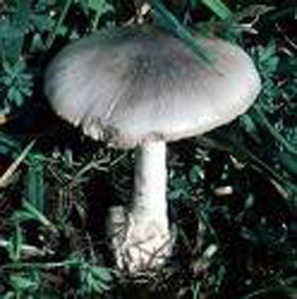 Auricularia polytricha or wood ear mushroom is popularly known as taingang daga due to its resemblance to rat’s ear. Its cartilaginous basidiocarp are found growing on decaying wood trunks or logs in forest and backyards. They are now commercially cultivated on sawdust, corn cob or logs and other lingocellulosic materials.
Auricularia polytricha or wood ear mushroom is popularly known as taingang daga due to its resemblance to rat’s ear. Its cartilaginous basidiocarp are found growing on decaying wood trunks or logs in forest and backyards. They are now commercially cultivated on sawdust, corn cob or logs and other lingocellulosic materials.

Pleurotus Ostreatus is popularly known as oyster or abalone mushrooms or kabuteng pamaypay due to its fan shaped fruiting body. It can be cultivated in almost all parts of the world hence they are known as “mushroom for all seasons”. They may be grown in sawdust, rice straw, corn cob, rice hull and bagasse in heat resistant polypropylene bags (pp bags)

Pleurotus sajor-caju was generally more tolerant to lignin-related phenolic monomers and tannin derivatives than Lentinus edodes and the straw mushroom. P. sajor-caju has brown caps and is sweeter and softer than oyster mushroom when cooked. They maybe grown also in sawdust, straw, corn cob, rice hull and bagasse in heat resistant polypropylene bags like oyster mushroom.

In the Philippines, it is popularly known as straw mushroom or banana mushroom. This specie is the most preferred mushroom to cultivate because of its short incubation period of two weeks. It is well suited to tropical climate and it can be cultivated easily on rice straw and dried banana leaves and other ligno-cellulosic materials and thrives best at 30 – 35°C for mycellial development and 28 – 30°C for fruiting body production.

ang cute ng uong mo! 😮
Nice product. All you need is marketing!!
ANG PANGIT NG SYSTEM MO. N-I-
pangit ba sir???